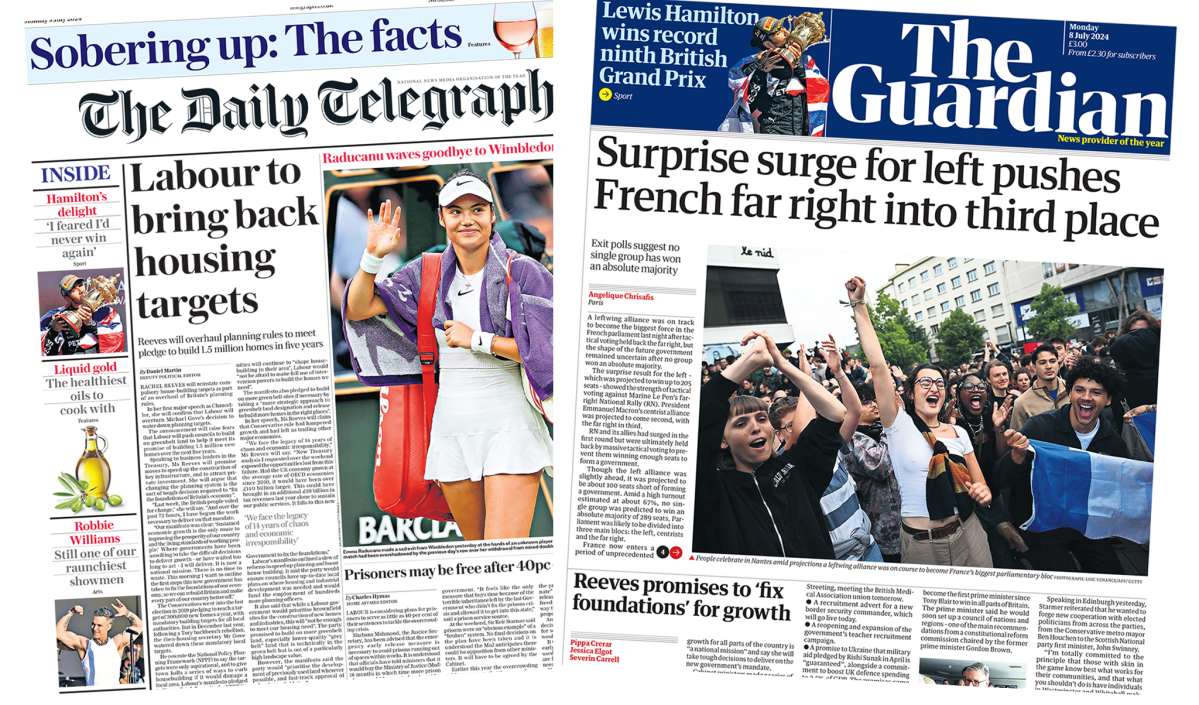By Lucia Mutikani
WASHINGTON (Reuters) – U.S. job growth likely slowed to a still healthy pace in June, with the unemployment rate holding steady at 4 percent, raising the prospect that the Federal Reserve can tame inflation without plunging the economy into recession.
The closely watched Labor Department jobs report on Friday is also expected to show annual wage growth rising at its slowest pace in three years. If this is added to the moderation in prices in May, the report would confirm that the disinflationary trend was back on track after inflation rose in the first quarter.
It could also boost Fed policymakers’ confidence in the inflation outlook and move the U.S. central bank one step closer to cutting interest rates later this year.
Financial markets remain optimistic that the Fed can begin its easing cycle in September after aggressively tightening monetary policy in 2022 and 2023. Fed Chair Jerome Powell said this week that the economy is back on a “disinflationary path” but stressed that policymakers need more data before cutting rates.
“The economy is moving toward a reasonable and sustainable rate of employment growth,” said Brian Bethune, an economics professor at Boston College. “There’s no evidence of a sudden decline, nothing that would indicate that we’re going to suddenly turn a corner. We’re still basically on track for a ‘soft landing.'”
Nonfarm payrolls likely rose by 190,000 jobs last month after rising 272,000 in May, according to a Reuters survey of economists. Employment growth has averaged about 230,000 jobs a month over the past 12 months.
Economists say the economy needs to add at least 150,000 jobs a month to keep pace with labor force growth, which explains the recent surge in immigration.
The unemployment rate rose in May for the first time since January 2022 to 4.0%, fueled by volatile youth unemployment. Some economists had expected it to fall to 3.9% in June.
A lagging measure of employment, the Quarterly Census of Employment and Wages (QCEW), has suggested a much slower pace of job growth through the fourth quarter of 2023 than payroll data. The QCEW data are derived from employers’ reports to state unemployment insurance (UI) programs.
BENCHMARK ESTIMATE
But economists say the QCEW data does not include undocumented immigrants, a group they believe contributed to strong job growth last year. The Labor Department’s Bureau of Labor Statistics is set to release its benchmark payrolls estimate next month for the 12 months through March of this year.
“Wages are being revised down, but we believe that’s not because salaries are being overcounted, but because QCEW is being undercounted,” said Sam Coffin, an economist at Morgan Stanley. “Because QCEW is based on UI data, those who are not authorized to work are likely not being counted. If someone is not authorized to work, they are not eligible for unemployment benefits. In contrast, the wage survey requires that workers be counted regardless of their legal status.”
Hiring has been largely driven by sectors such as health care, leisure and hospitality, as well as state and local government education, where staffing levels have returned to pre-pandemic levels. That trend likely continued in June, albeit at a more moderate pace than in recent months.
Employment in these sectors has largely returned to 2019 levels, and the Fed’s 525 basis point rate hikes since 2022 to curb inflation have had a negative impact on business growth.
Excess savings built up during the COVID-19 pandemic have been depleted, contributing to a decline in demand for labor, goods and services.
“There’s been a lot of catch-up work to get businesses rehired,” said Sarah House, a senior economist at Wells Fargo. “That’s largely complete across a lot of different sectors.”
Even as the labor market cools, wage growth is still sufficient to sustain consumer spending and overall economic growth.
Average hourly earnings are expected to have risen 0.3% in June, after rising 0.4% in May. That would lower annual wage growth to 3.9%, the smallest increase since June 2021, from 4.1% in May. Wage growth in the 3%-3.5% range is seen as consistent with the Fed’s 2% inflation target.
The central bank has kept its benchmark overnight interest rate at its current range of 5.25%-5.50% since last July. Minutes from the Fed’s June 11-12 meeting, released Wednesday, showed that policymakers acknowledged that the economy appeared to be slowing and that “price pressures were easing.”
Economists argue that the labor market is not fueling inflation because worker productivity has actually increased. They worry that the Fed could hamper growth by keeping borrowing costs high for too long.
“Wage growth was high earlier in this expansion but has fallen,” said Kevin Rinz, a senior fellow at the Washington Center for Equitable Growth. “Productivity growth has returned to its normal relationship with wage growth, so that there is no longer a large gap between the two. There does not seem to be much need to restrict the labor market to reduce inflation at this point.”
(Reporting by Lucia Mutikani; Editing by Paul Simao)






